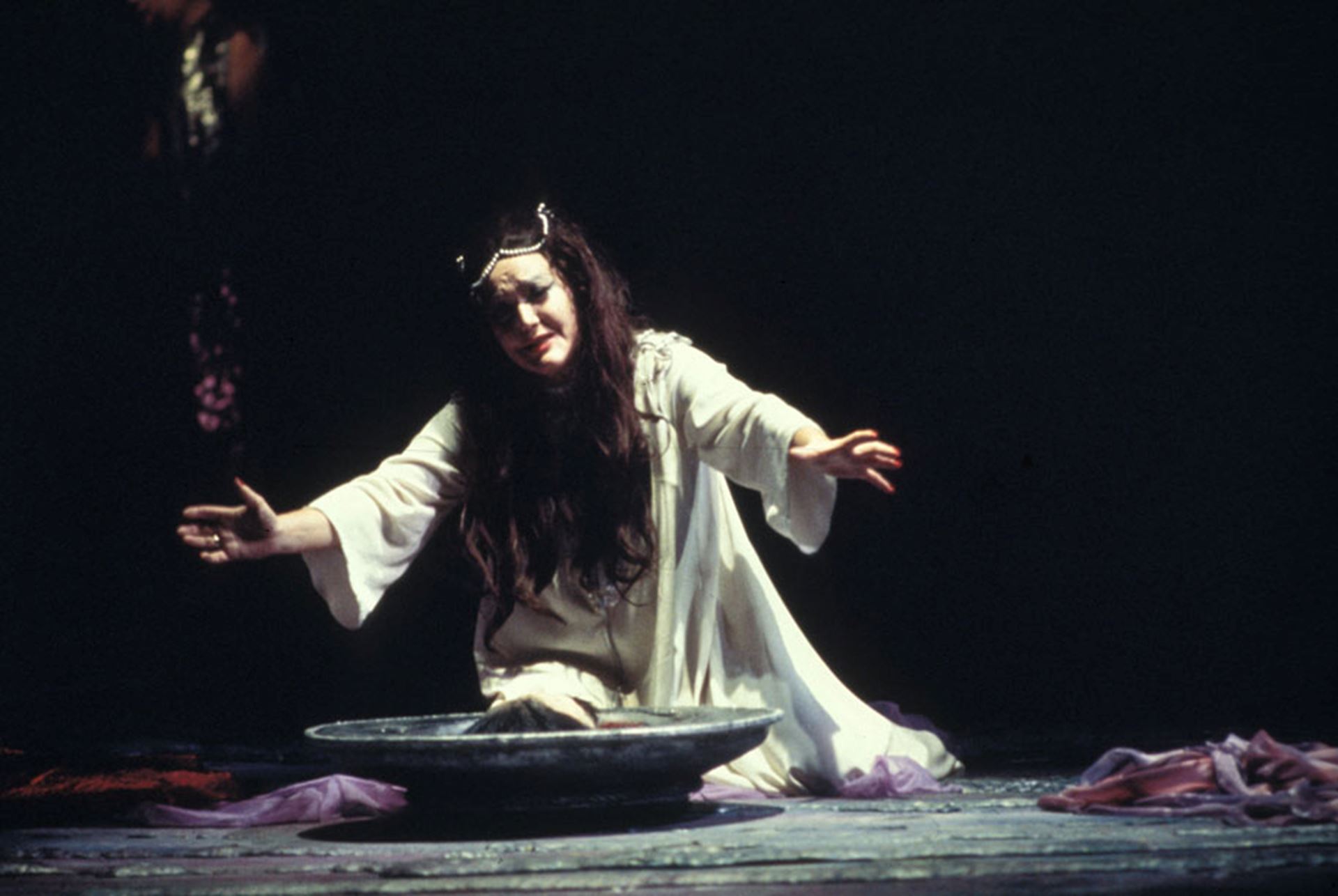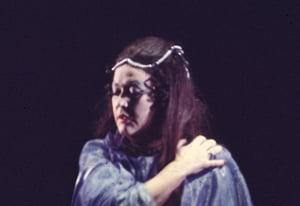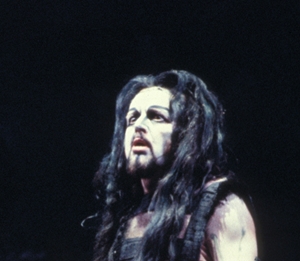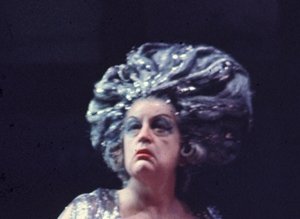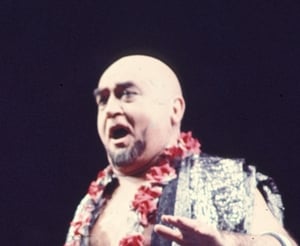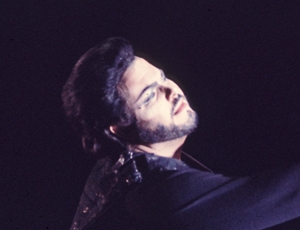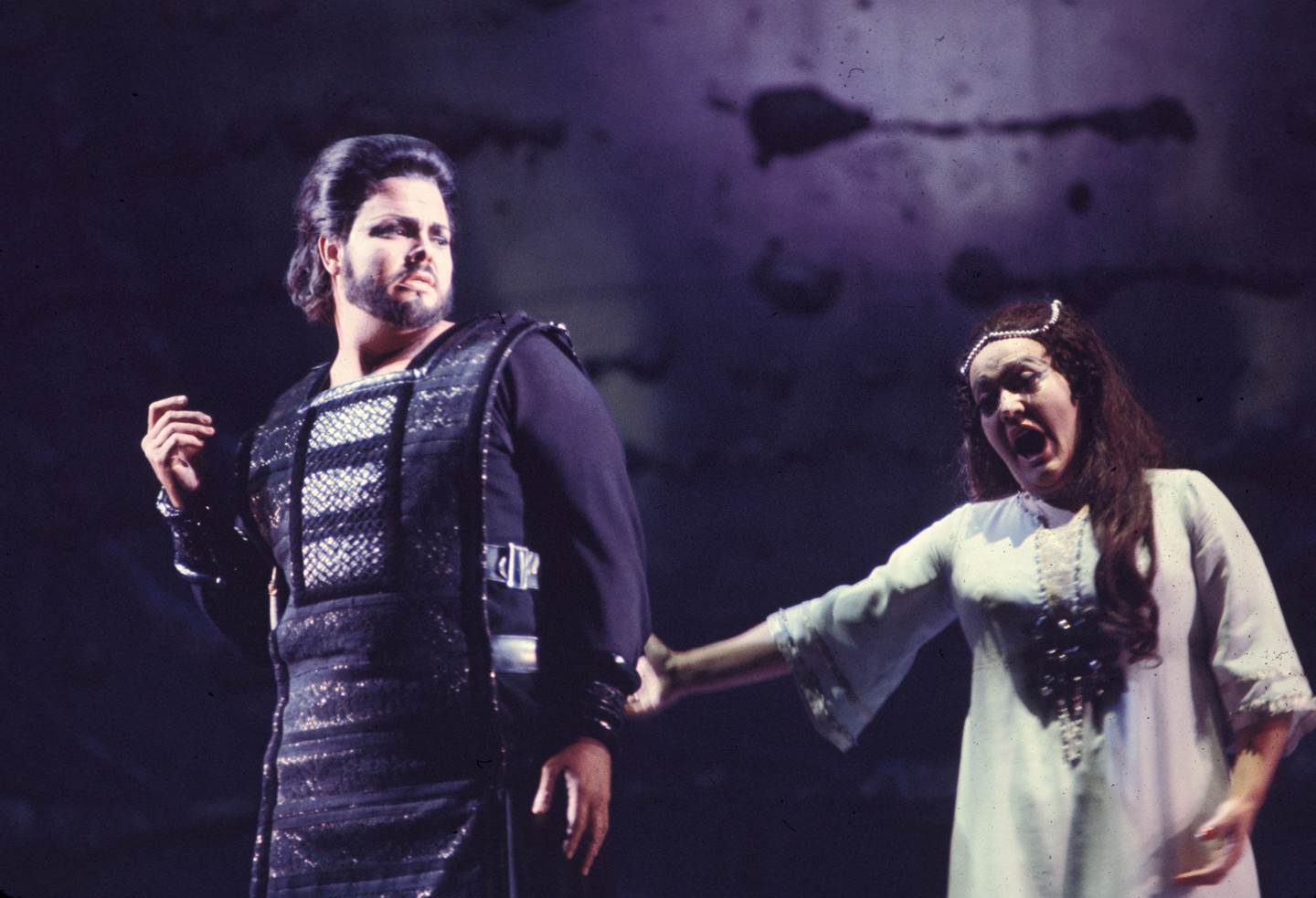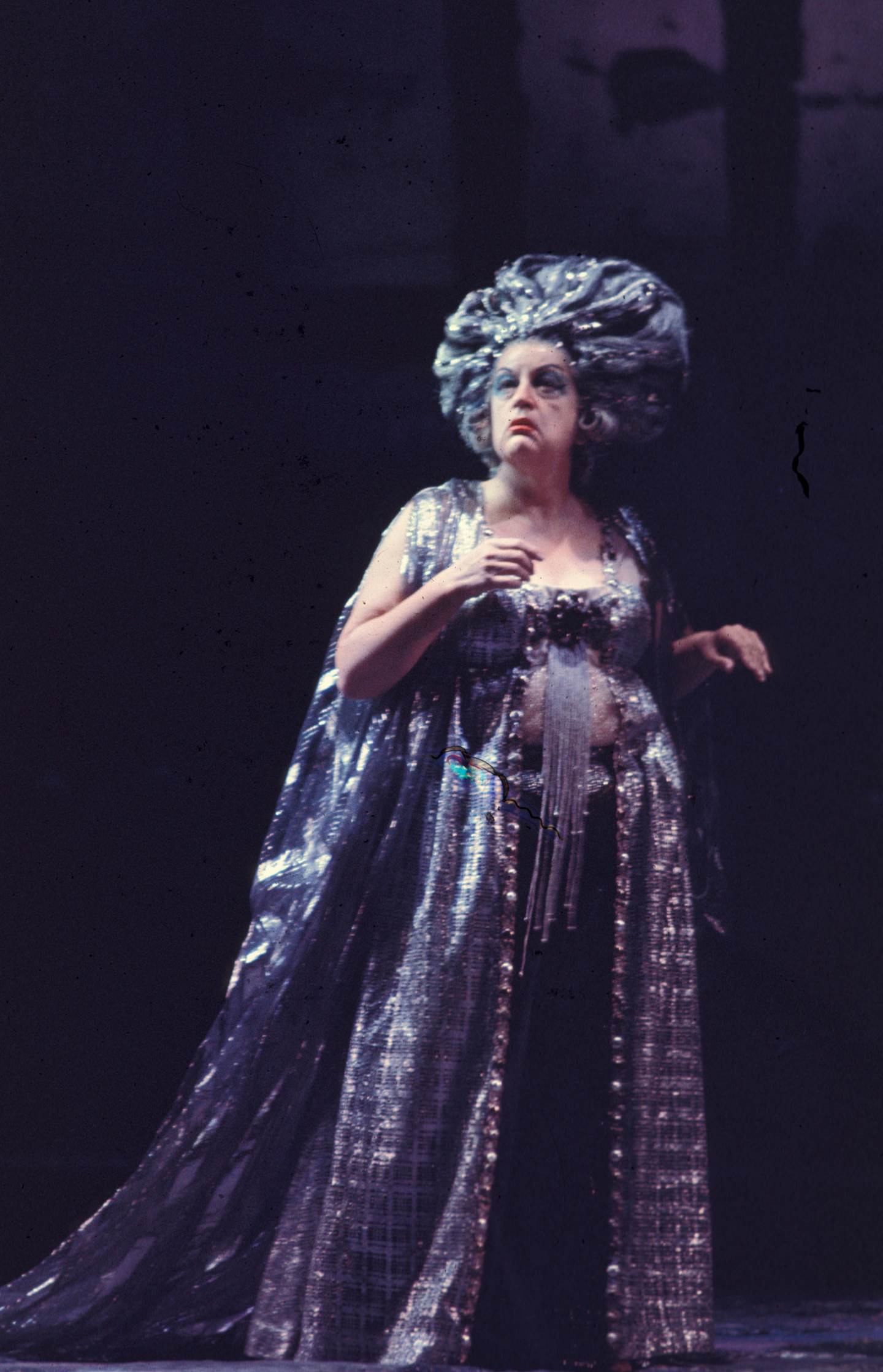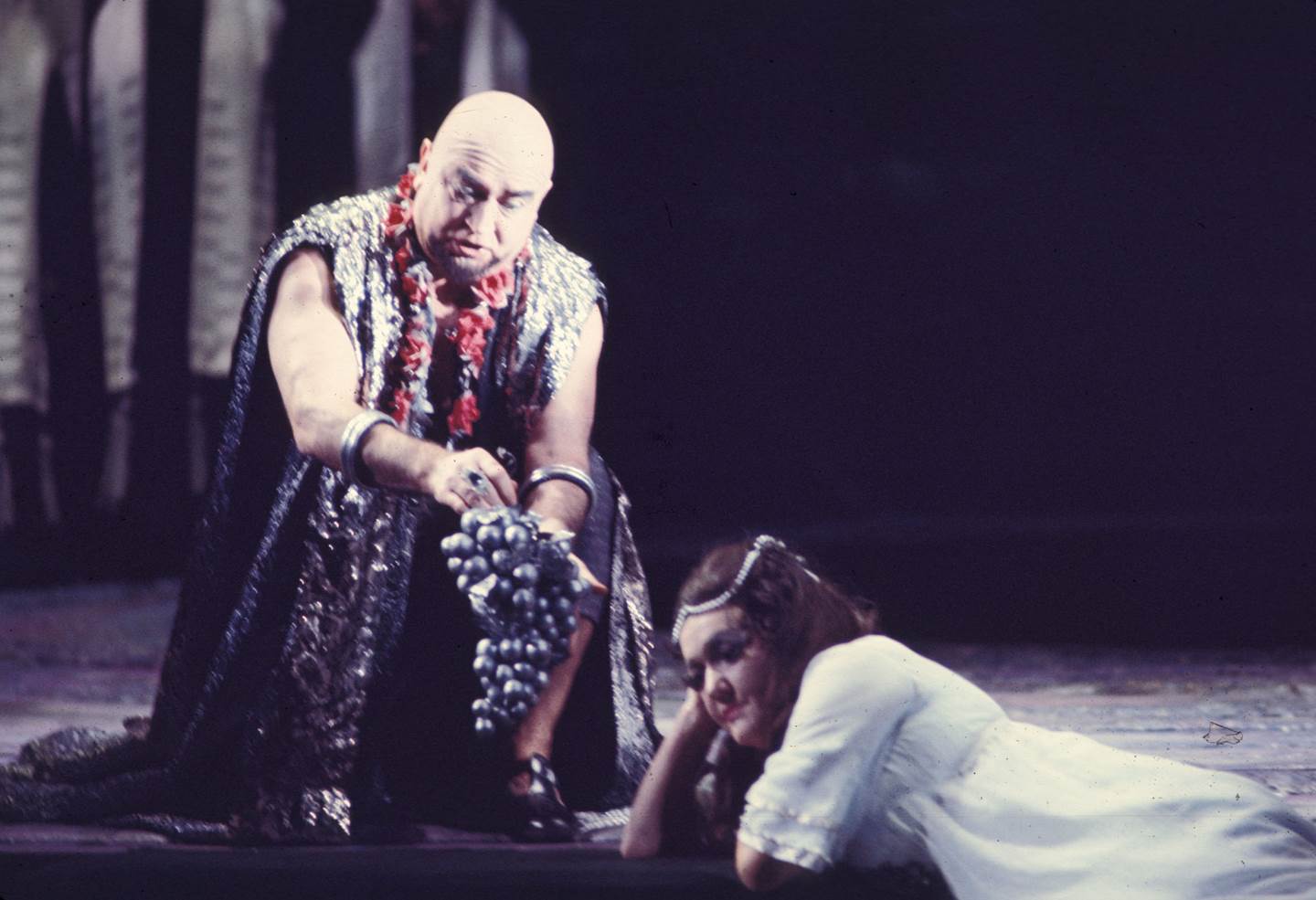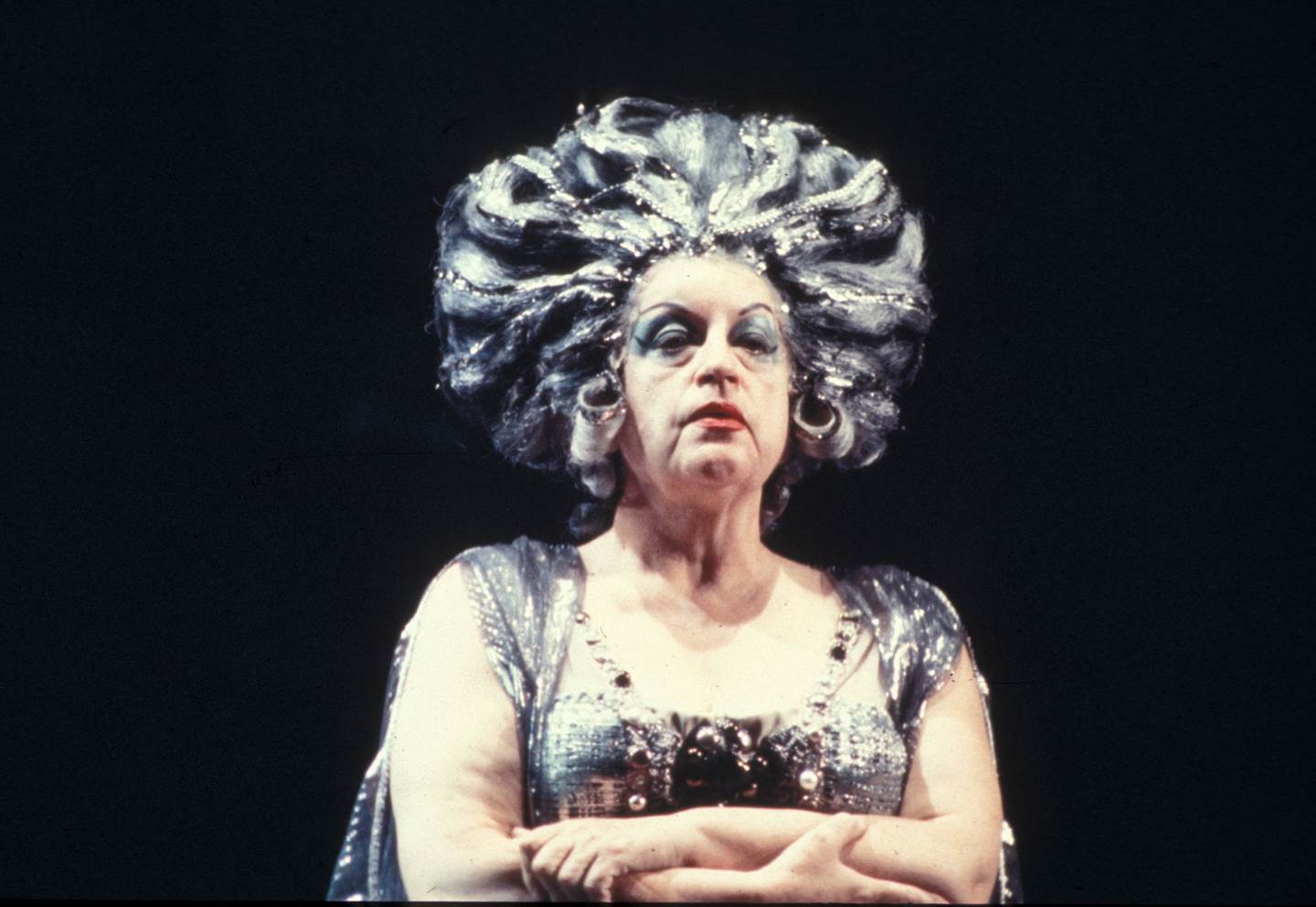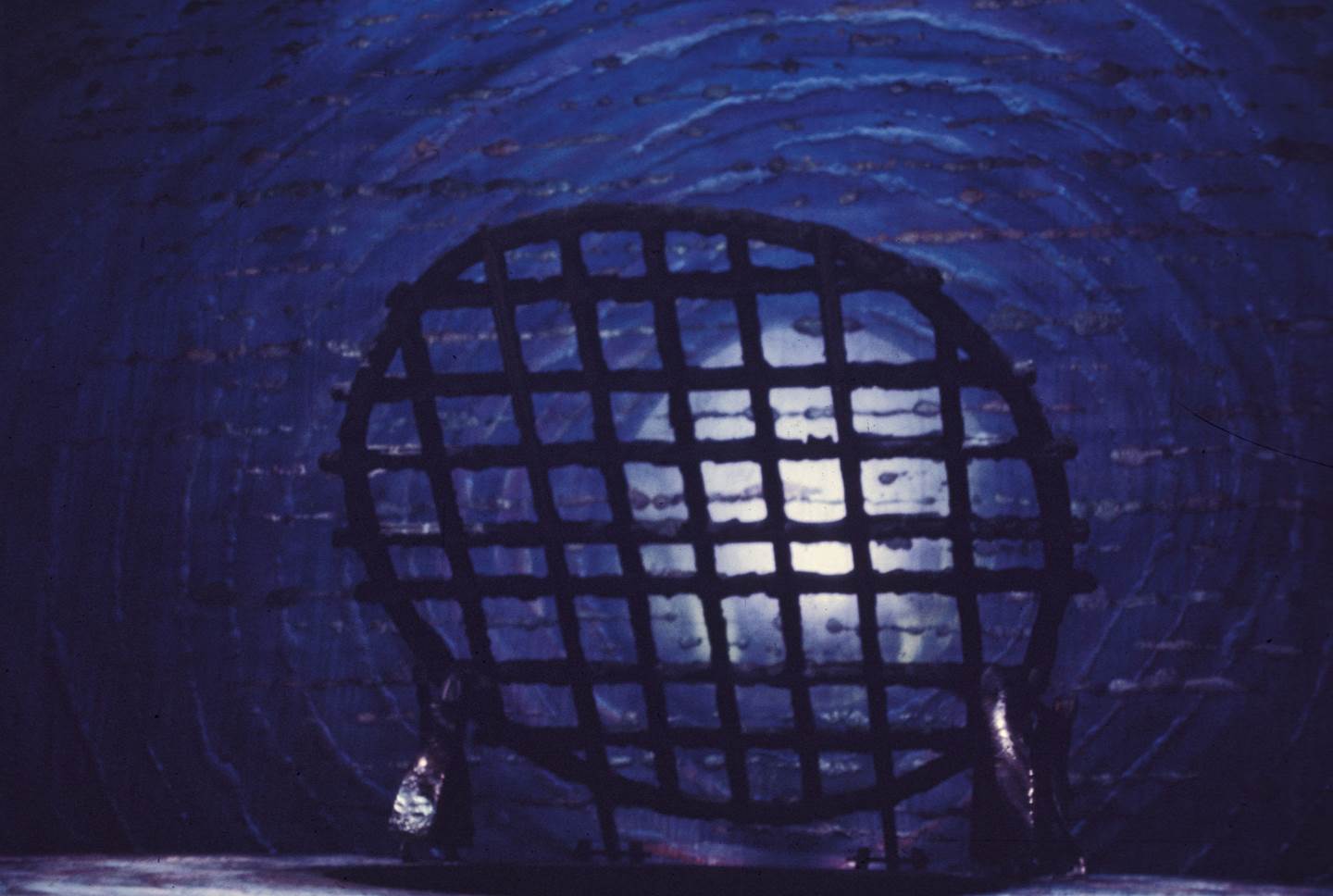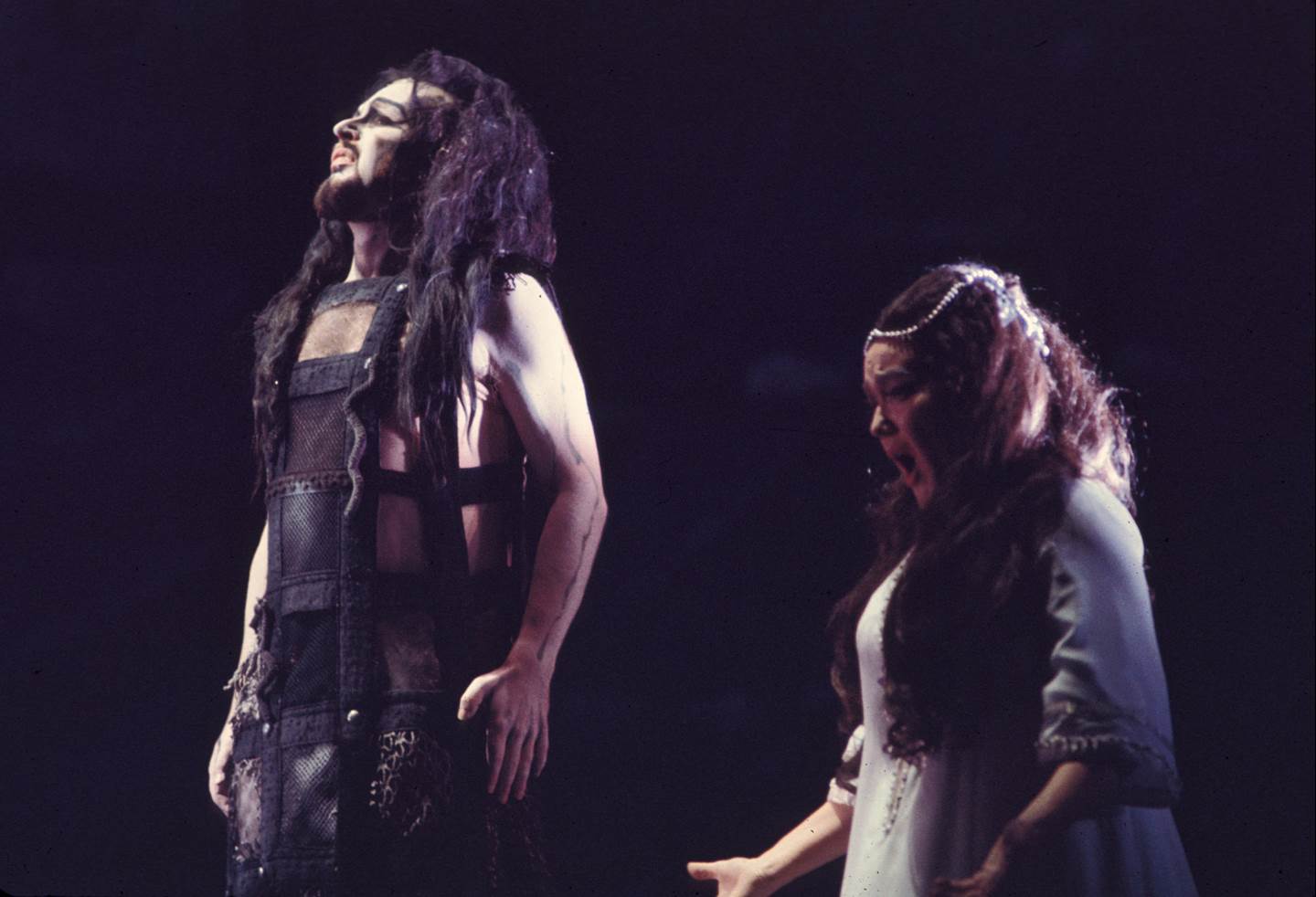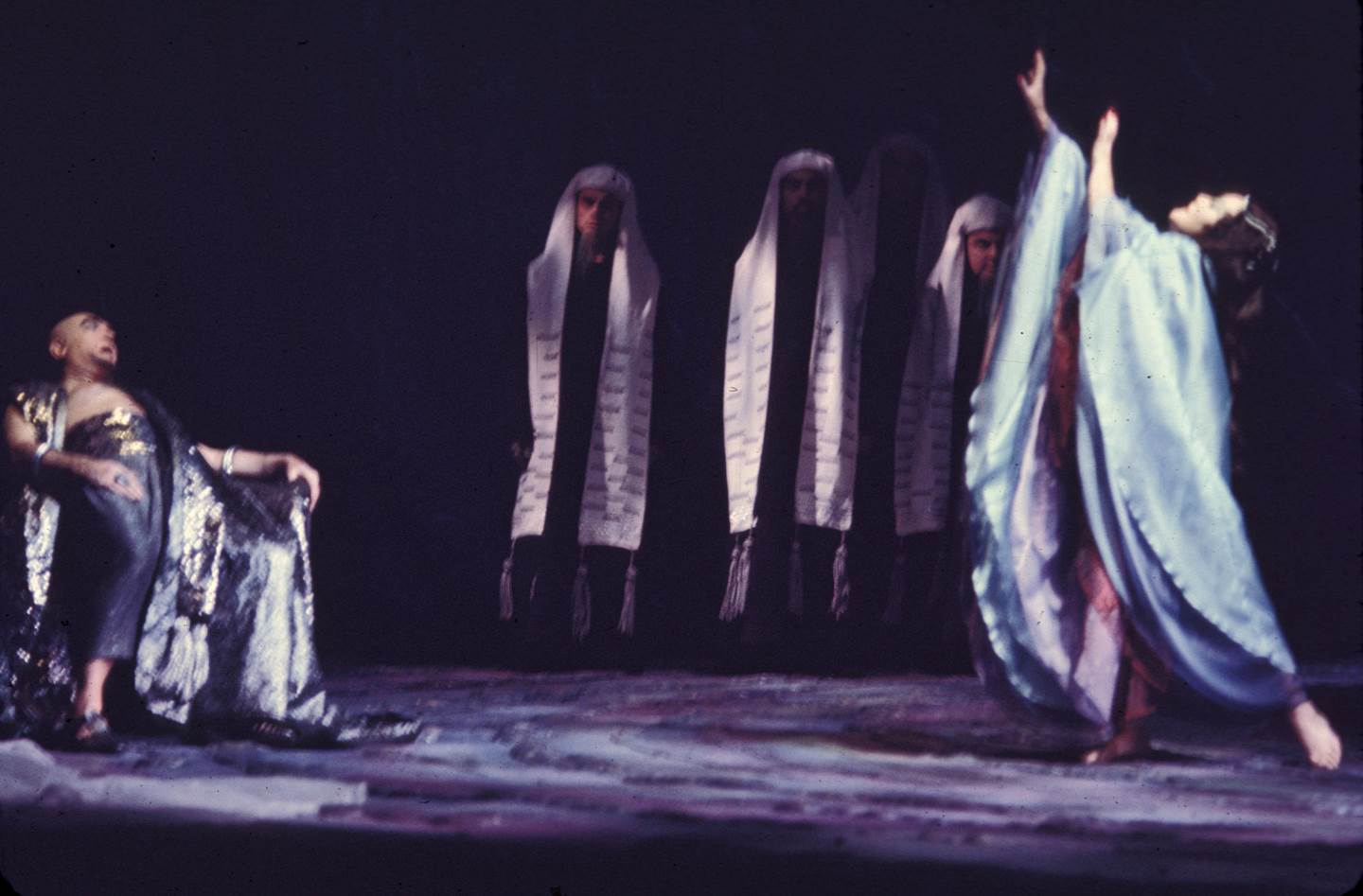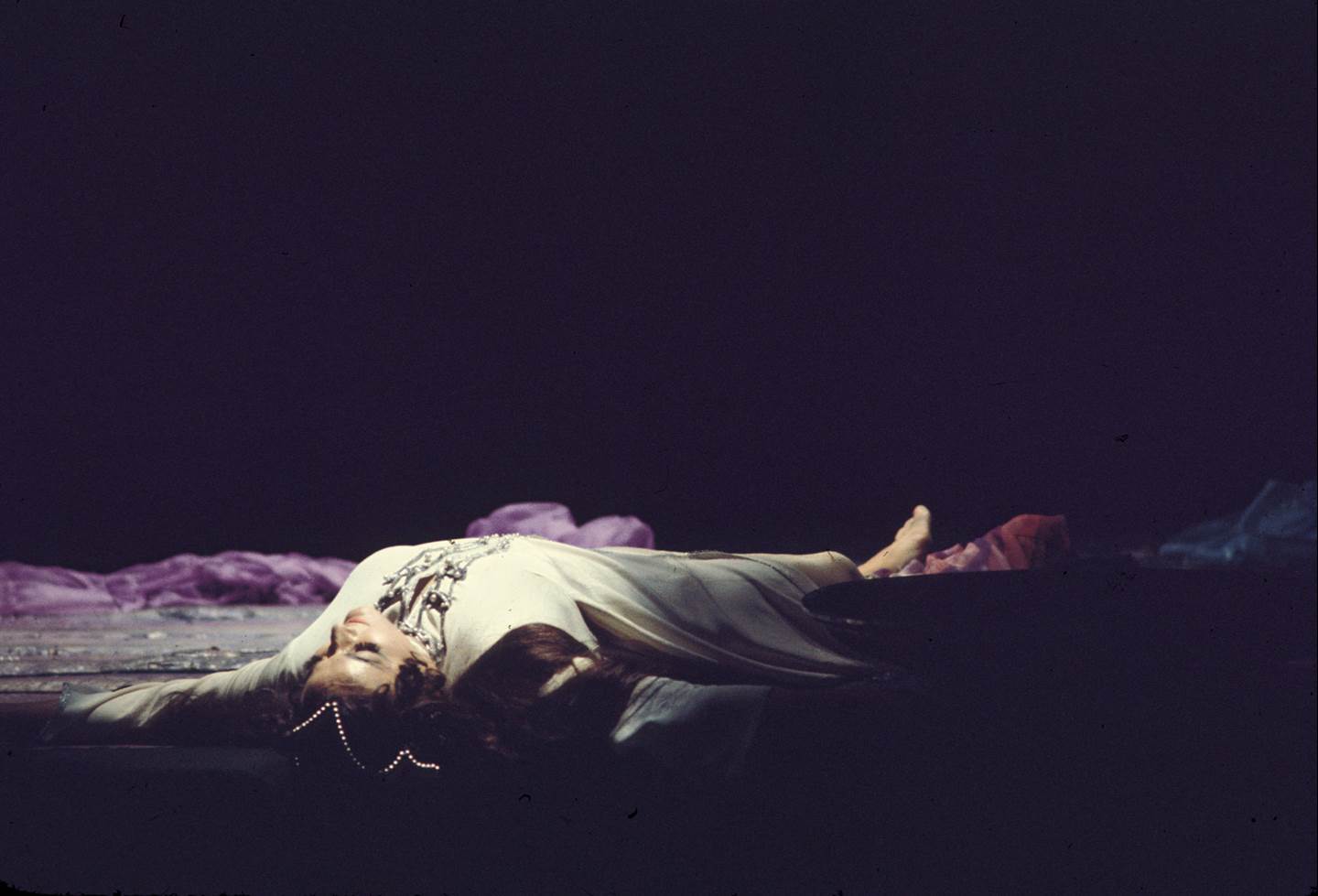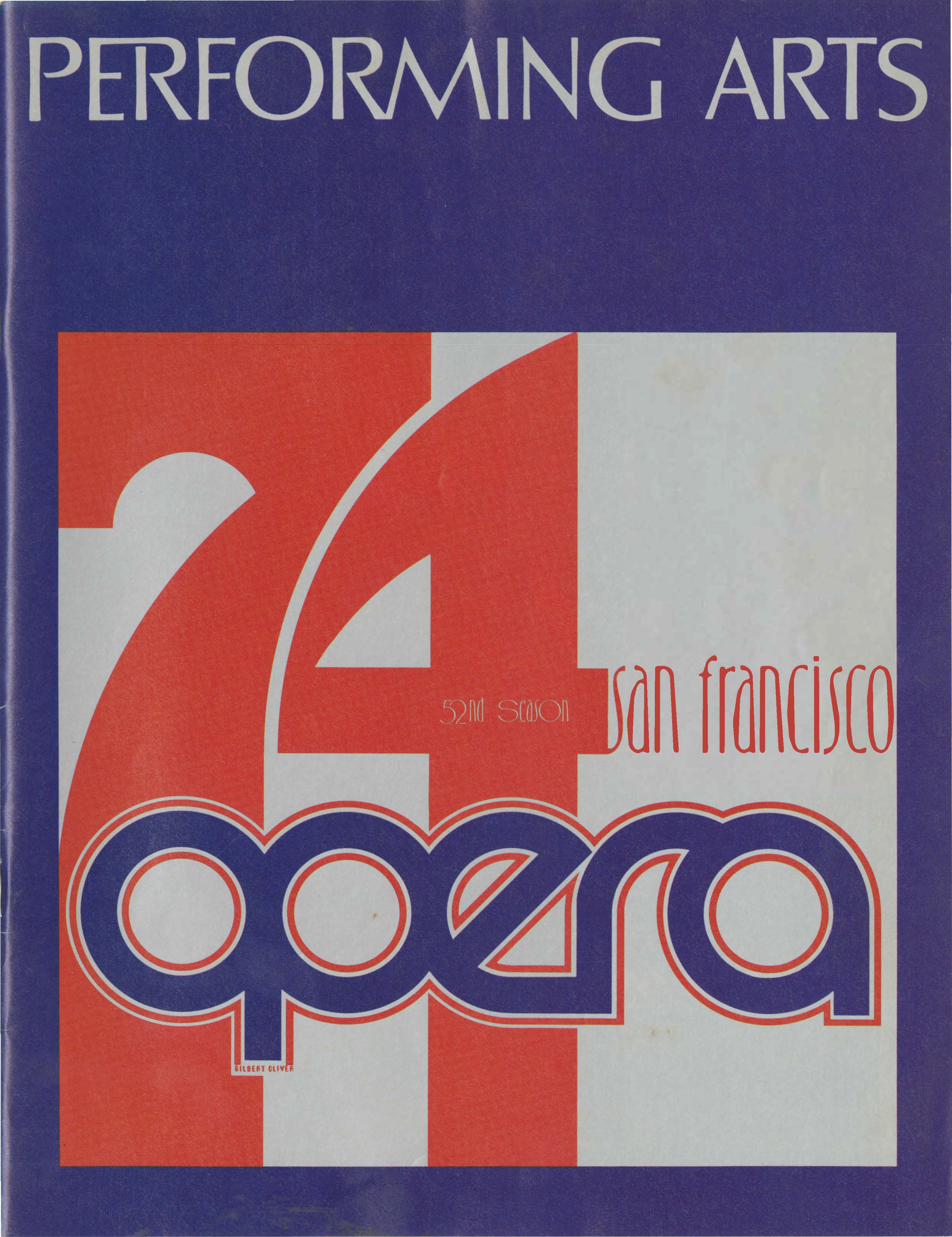Salome: An Opera Unlike Anything the World had Seen
By Paul Thomason
(read time ~ 9 minutes)
In his opera Salome, Richard Strauss used music the way Gustav Klimt used paint and gold in creating his famous painting Portrait of Adele Bloch-Bauer I (also known as The Woman in Gold). Klimt worked on his painting between 1903 and 1907, and for art historian Frank Whitford the effect of the gold background is to "remove Adele Bloch-Bauer from the earthly plane, to transform the flesh and blood into an apparition from a dream of sensuality and self-indulgence.” Strauss finished Salome in June 1905, brilliantly conveyed the words of Oscar Wilde’s play through his lush and sometimes startling harmonies, and the ravishing, occasionally jarring orchestration. From the opening clarinet riff that wafts us into Wilde’s decadent, enticing world to the brutal chords at the end, Strauss created an opera unlike anything the world had seen at the time. Thanks to his music, there is simply no way to escape the horrors resulting from the teenage Salome’s flowering sensuality and self-indulgence.
The premiere in Dresden in December 1905 was an enormous success—and scandal. Some proper Dresdeners shunned the conductor (Ernst von Schuch) in the street when they encountered him. Gustav Mahler praised the score and was furious the Catholic censors in Vienna would not allow him to give the opera there. The German Kaiser forbid it in Berlin, until it was decided to have the Star of Bethlehem appear in the sky at the end of the opera as a sign of future redemption. (The Kaiser famously commented, “I’m sorry, I like Strauss otherwise, but with this opera he will do himself a great deal of harm.” To which Strauss later retorted, “The harm it did me enabled me to build the villa in Garmisch.”)
The Metropolitan Opera scheduled four performances in January and February 1907. They were preceded by a public dress rehearsal that had—perhaps unwisely—been scheduled for Sunday, which meant many in the audience arrived from church. The consternation and outrage on the part of some important members of New York Society was too much. The premiere on January 22, 1907 was allowed to take place, after which the opera was banned. It was not until 1934 that Met audiences could once again enjoy Salome.
San Francisco Opera has often done very well by Strauss’s opera, beginning with its first presentation in 1930 when soprano Maria Jeritza was heard in one of her most famous roles, something New York was denied, thanks to the Puritanical ban still in place during Jeritza’s tenure at the Met. This broadcast from 1974 is another occasion when San Francisco Opera did itself proud with Salome.
Though Salome herself is far and away the most important figure, Strauss (and Oscar Wilde) surrounded her with a number of characters who are themselves engrossing figures. The legendary soprano Astrid Varnay returned to San Francisco Opera for the first time since singing Kundry in Parsifal in 1951 to offer her authoritative Herodias. By the time her career of 55 years ended she had performed the role 213 times, her most frequent part. In her autobiography she points out that Herodias is a royal princess who has a very legitimate grievance. “She is keenly resentful of being castigated for martial behavior that the dominant Roman society considers quite normal and proper. She finds her husband’s respect for the Baptist, whom he regards as a holy man, incomprehensible … This self-style prophet is being held captive when he should have been summarily executed like any other rabble-rouser.” To mention only one truly delicious moment from Varnay in the 1974 performance, her reaction when Salome asks for the head of Jochanaan is one for the ages!
Her husband, Herod, is portrayed by the veteran dramatic tenor Hans Hopf, the only time he appeared with the Company. Hopf does something extremely rare: he actually sings the role rather than barking and whining his way through it. The result is a refreshingly un-caricatured Herod. Also making his local debut is Siegmund Niemsgern, a wonderfully commanding Jochanaan. “[He had] fire in his eyes and vinegar in his veins,” Arthur Bloomfield commented. “Holy, to be sure, he seemed a crafty fellow, too—who knows, maybe even a politician?”
The conductor is Otmar Suitner who deserves to be much better known than he is today. He debuted in San Francisco in 1969 with Götterdämmerung and retuned several times in the 1970s, including leading Wagner’s entire Ring cycle in 1972, performances that were still talked about fondly decades later. In this Salome, Suitner does something very rare in actual performances, he scrupulously follows Strauss’s dynamic markings in the score. When Strauss wrote “piano” or “pianissimo,” that’s exactly how the orchestra plays. When Strauss wants the orchestra to make a small crescendo and then diminuendo, they do. The result is that all the gorgeous, evocative writing for individual instruments, or small groups of instruments, can be heard. It is like a painter’s small brush strokes that are often not noticed but that add enormously to the beauty of the final painting. The result is that the opera unfolds naturally, spinning its tale gradually, with the underlying tension accumulating almost unnoticed until the great final scene when the full horror suddenly bursts on the audience.
But Salome the opera rises or falls on the soprano playing Salome, and here San Francisco Opera’s broadcast truly enters the world of operatic legend with Leonie Rysanek. Just those two words could send shivers of anticipation down the backs of a couple generations of opera lovers. She was incapable of giving a routine performance, and when everything was working, her soaring, incandescent voice and no-holds-barred stage presence could drive audiences wild. Like the performance of Wagner’s Flying Dutchmen at the Met when, after Act II, the audience simply stayed and applauded all the way through the intermission, until the conductor took his place at the podium to begin the last act.
Rysanek made her U.S. debut in San Francisco in 1956 as Senta in The Flying Dutchman, then sang the title role of Verdi’s Aida and Sieglinde in Die Walküre when Birgit Nilsson made her U.S. debut as Brünnhilde. It is easy to forget that in those days Rysanek was as famous for her Italian roles as her German ones. She regularly appeared in operas like Aida, Otello, La Forza del Destino, Un Ballo in Maschera, and Tosca, more than holding her own with other sopranos of the period who also sang that repertoire—sopranos like Renata Tebaldi, Zinka Milanov, Maria Callas, and Leontyne Price. In Europe, Rysanek’s repertoire was even wider: During her second season in Innsbruck, where her professional stage career began, she sang both Gilda in Rigoletto and Brünnhilde in Walküre within the space of a few weeks, before quickly dropping both roles. Longer lasting were her appearances in Don Giovanni (she sang both Anna and Elvira), and the Countess in Le nozze di Figaro. There were also a few eyebrow-raising roles, like the title role in Charpentier’s Louise. Decades later a friend asked her, rather incredulously, “Leonie, did you really sing Louise?” “Ja,” she quipped, “it was me and Hans Hotter and Kna (conductor Hans Knappertsbusch). We sang it in German, of course. We called it Louise, but it was really Götterdämmerung.”
The radiant top of her voice predestined her for the operas of Richard Strauss. She seems to be the only soprano of international reputation who sang all the Strauss-von Hofmannsthal operas, beginning with Arabella in 1951. Salome, Chrysothemis in Elektra, the Marschallin in Der Rosenkavalier, Ariadne, the Empress in Die Frau Ohne Schatten, the title role of Aegyptische Helena were some of the brightest jewels in her repertoire, as was the title role of Strauss’s later opera, Die Liebe der Danae. She is the only major soprano who sang all three of the leading women in Elektra, beginning with Chrysothemis, later adding a scene-stealing Klytemnestra, and performing the title role in Götz Friedrich’s 1981 film of the opera. Later in her career she dropped Salome and added Herodias, a role she did in SF in June 1993.
San Francisco was a very special place for Rysanek. It was here that she sang her first Ariadne in 1957 (it was also the first time the company had given the opera), and when she began moving into a new repertoire she debuted the role of Ortrud in Lohengrin here in 1982. Her total identification with every role and the emotional charge she generated on stage endeared her to the San Francisco audience who could repay her artistry with some truly historic reactions of its own—as we hear in the seismic ovation that greets her first bow after this Salome.
Leonie Rysanek and Jon Vickers gave me more truly cathartic moments in the theater than any other singers. Performances that left me so wiped out that I wondered how I would make it home. My voice was hoarse for days from cheering, and it was difficult to hold my coffee cup the next morning because my hands were still swollen from applauding. These were performances that changed my life forever. So Leonie Rysanek’s last performance at the San Francisco Opera was an emotional occasion, to say the least. It was as the old Countess in Tchaikovsky’s Queen of Spades, on Sunday afternoon, December 12, 1993.
Afterwards I was in the Muni station waiting for my train, still wrapped in a haze of emotion, when I was approached by a young man in his 20s. He nodded to my program and asked, “You were at the opera just now?” Yes. “So, that lady they honored, was she really a big deal?” I assured him she was, indeed, as big a deal as they come, and I asked if he had ever seen Rysanek before. “No,” he replied, “this was my first opera.” At that moment his train arrived and he disappeared. I hope he can listen to this 1974 performance of Leonie Rysanek in one of her greatest roles, surrounded by a superb cast and conductor, so that he can hear for himself, what a really big deal she was … and always will be.
Paul Thomason has combined a lifelong passion for music, his decades of experience in publishing, and his delight in storytelling to create a unique voice in writing and lecturing about opera. In addition to writing regularly for the Metropolitan Opera, San Francisco Opera, Aspen Music Festival and other companies in the US and Europe, he is also a regular guest on the award-winning podcast Aria Code and the London Wagner Society’s Zoom series.


